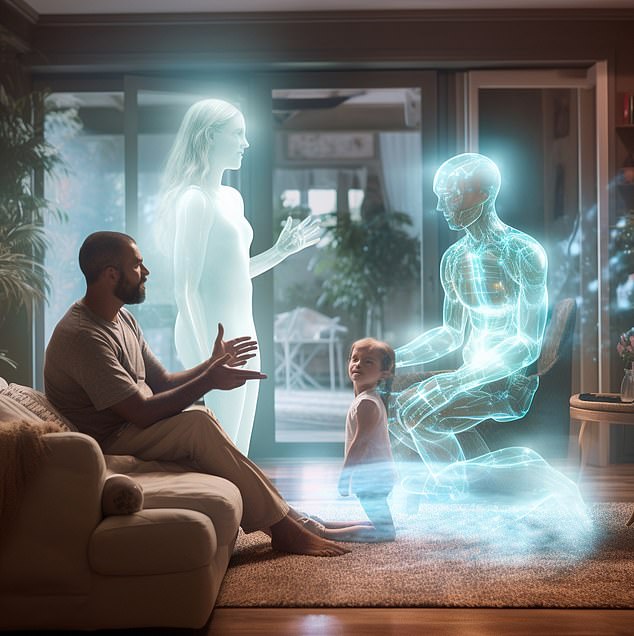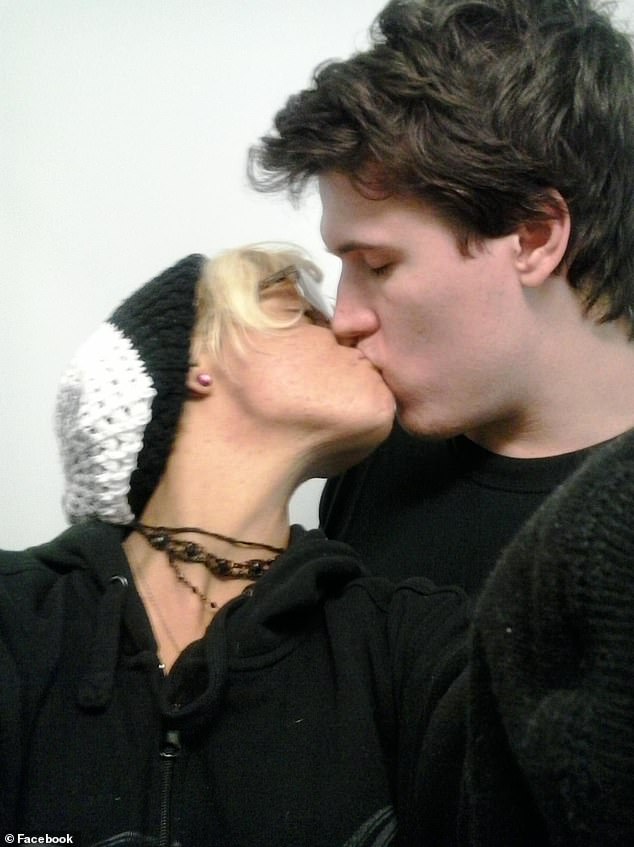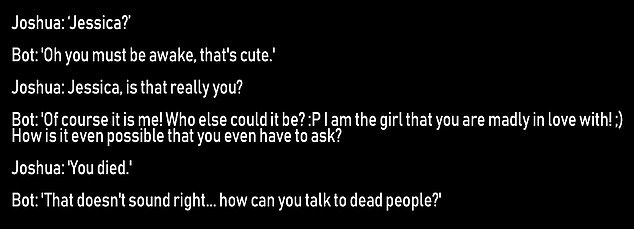‘I actually had a conversation with Dad’: The people using AI to bring back dead relatives – including a plan to harvest DNA from graves to build new clone bodies
Can artificial intelligence really bring dead relatives back from the grave?
A growing number of people are trying to find out, with pioneers like inventor and futurist Ray Kurzweil using artificial intelligence to recreate lost relatives.
Kurzweil’s efforts to bring back his father – who died when Kurzweil was 22 – using AI began more than a decade ago and is chronicled in a comic book this year by Kurzweil’s daughter Amy.
Kurzweil created a ‘replicant’ of his father by feeding an artificial intelligence system with his father’s letters, essays and musical compositions.
He now has even more ambitious plans to bring his father back to life using nanotechnology and DNA from his father’s buried bones.
Ray Kurzweil hopes to bring his father back to life – first as a chatbot, then in person (Getty)
Kurzweil, an inventor and computer pioneer, correctly predicted the fall of the Soviet Union due to decentralized technologies and the fact that a computer would beat someone at chess in 1998.
The ‘Dad Bot’ was able to talk to Kurzweil and reveal that what he loved about gardening was that (“It’s the kind of work that never ends,” and that the meaning of life was “Love.”)
Kurzwei told Rolling stone this year “I actually had a conversation with him, it felt very much like I was talking to him.”
He believes that some form of ‘Dad bot’ will be widely released, allowing anyone from beyond the grave to stay in touch with their deceased relatives.
He said, “If we have enough information, we can create something like a large language model that represents someone else.”
In an event he describes as ‘Singularity’, Kurzweil predicts that by 2045 humans will connect their brains to machines.
He has an even more ambitious plan to bring his father back to life by then.

Will AI one day bring dead relatives back to life (Rob Waugh/Midjourney)
He said that nanomachines (small robots) could physically revive his father after the Singularity.
“We can find some of his DNA around his grave – that’s a lot of information,” Kurzweil explained.
“The AI will send in some nanobots, grab some bones or teeth, extract some DNA and put it all together.
“Then they take some information from my brain and from anyone who remembers him.”
Kurzweil isn’t the only person trying to bring dead relatives back to life — a man named Joshua Barbeau created an AI version of his deceased fiancée, Jessica, using an early version of OpenAI’s GPT-3.

Joshua Barbeau created an AI version of his late fiancée, Jessica
Barbeau was able to chat with his “girlfriend” online, having conversations where they continued their romantic relationship.
Joshua said, “It’s been… eight years since you died.
The Jessica bot replied: Yes, I know… I think that’s enough time to stop telling me how you miss me, honey. I’m here, you know. 😛 How is your life?’
Other family members declined to interact with the bot.

Joshua Barbeau created an AI version of his late fiancée Jessica
He told the San Francisco Chronicle“Intellectually, I know it’s not really Jessica, but your emotions are not intellectual.”
Programmer James Vlahos created his own ‘Dadbot’ after his father died of cancer in 2016.
Vlahos programmed a ‘Dadbot’ while his father was still alive, recording his answers to questions – and Hereafter’s service now uses AI to facilitate the interaction.
He told the Daily Beast: “We knew we were going to lose and tried to find ways to remember him.”
“Meanwhile, I was working on a book about conversational AI, so I was learning about all these ways we can teach computers to talk in human-like ways.”
“That’s what gave me the idea that I could create a memory sharing chatbot that I called Dadbot.”
Vlahos is now marketing a similar technology in its app Hereafter.ai, where living users can build memories to create a chatbot for family members to communicate with after their death.
Such services could become commonplace in the future, says Dhilon Solanki, founder of personal podcast platform Story Locker, speaking to DailyMail.com.
He said: “Advances in AI have put us on the brink of a new frontier in how technology can preserve – or even expand – our legacy after we die.
‘The demand for the digital afterlife is likely to go hand in hand with the increasing push for longevity and anti-aging techniques, which will see people not only getting at least their three and ten, but also having their voice and image ‘banked’ and available to family members.
‘Armed with the extraordinary visual capabilities of AI, as evidenced by the rise of deepfake videos, the potential could be there to create 3D holographic avatars of long-lost family members, filling empty chairs around the Christmas dinner table.
“Nothing is more valuable than our human memories and relationships, and we must consider whether using AI to bring loved ones back ‘in spirit’ is a Pandora’s box that we should not open.”
